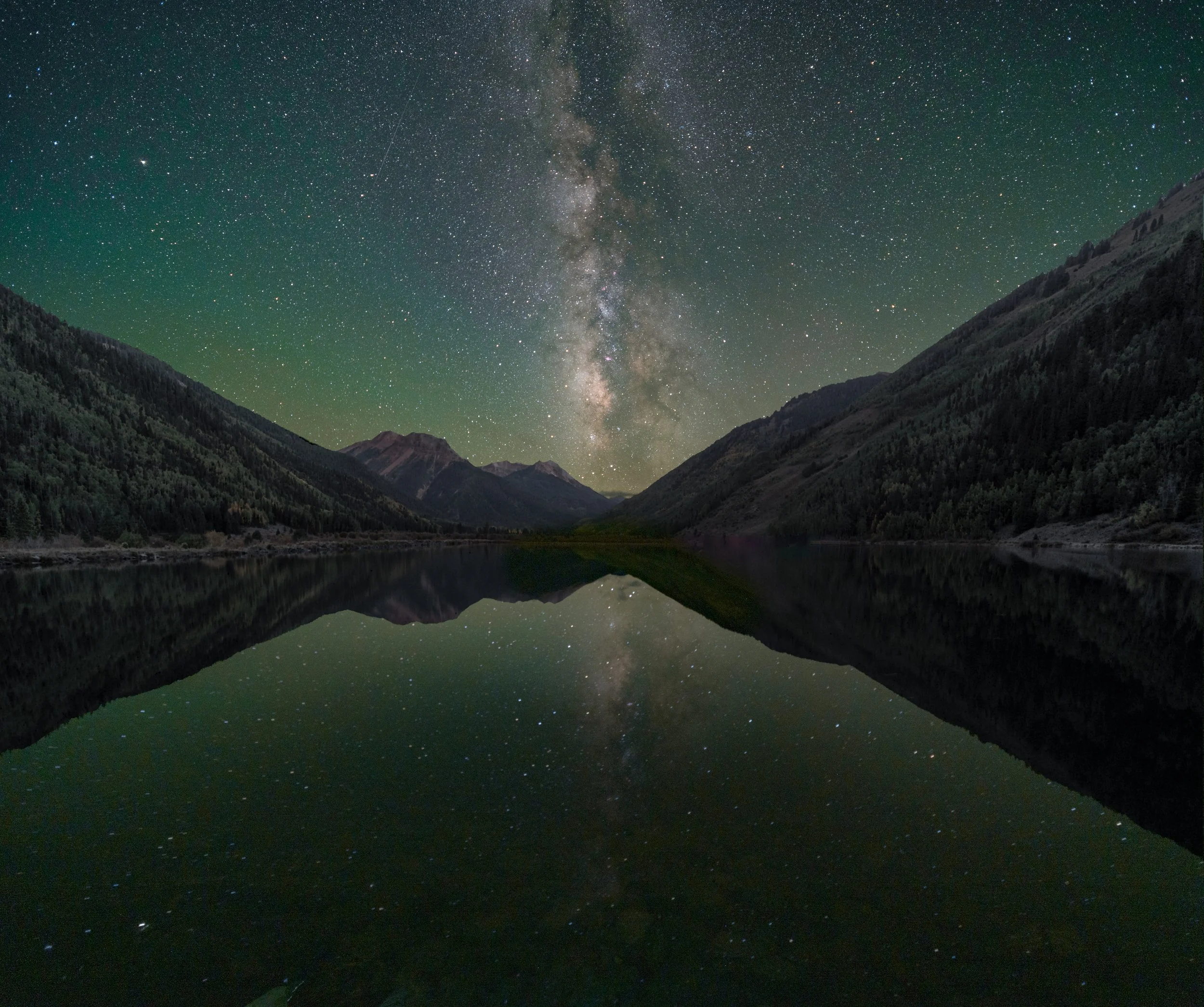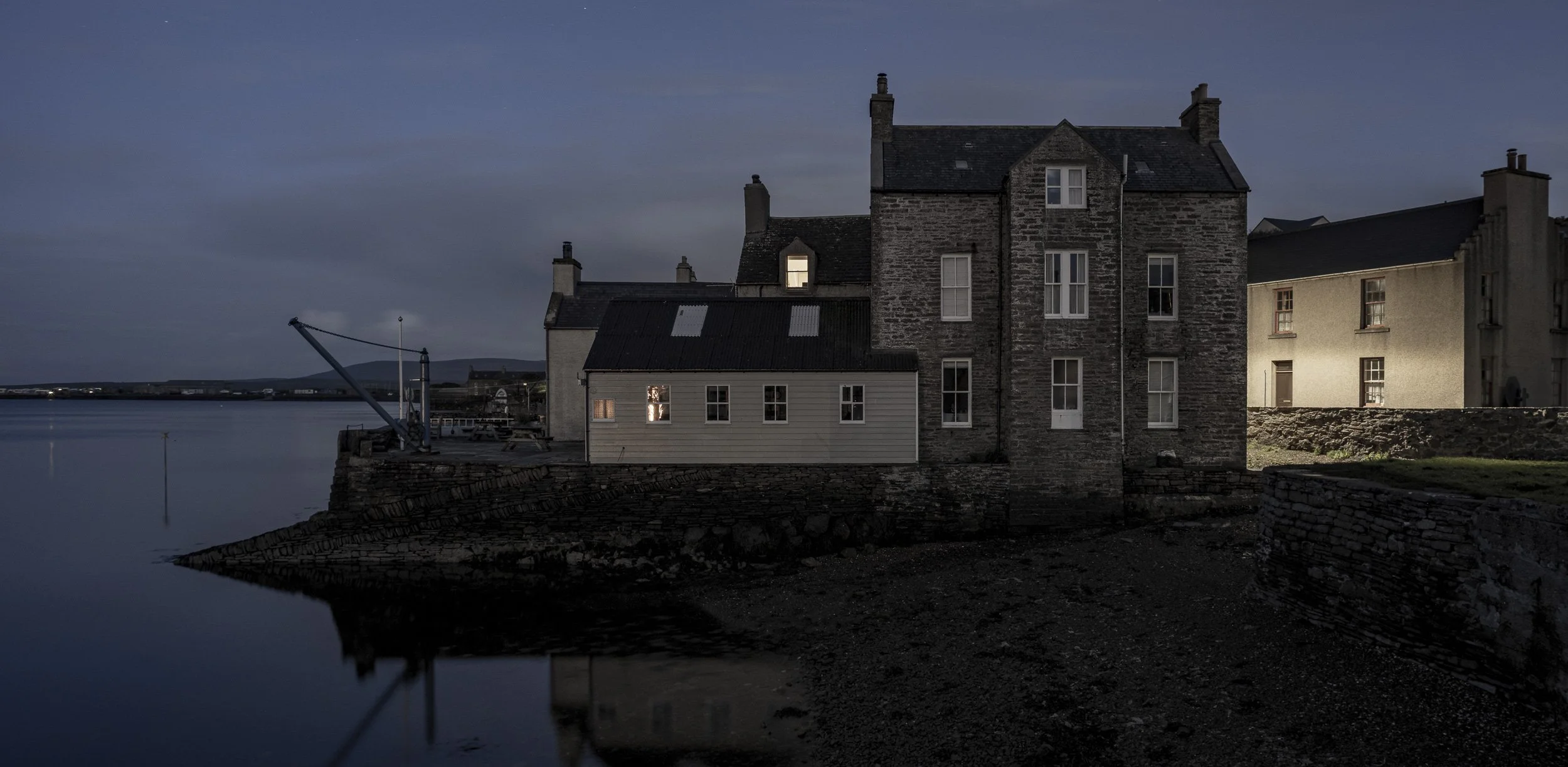Noise is the addition of unwanted grain or splotches of color in our digital photographs. It can occur by using a high ISO such as 6400 or using very long shutter speeds that last into the minutes. In some cases, noise is a necessary evil that we need to accept, while in others, we should do everything possible to avoid it. As night photographers we need to understand the limits of our cameras and the effects of pushing them too far.
As you may have guessed from experience with your camera’s settings, there are two types of noise: High ISO Noise and Long Exposure Noise. Both are exactly what they sound like.
High ISO Noise
High ISO Noise appears when using very high ISOs such as 1600, 3200, 6400 or 12,800, depending on the camera being used. It makes our images look like they were printed on sandpaper, as seen in the image below.
High ISO Noise
The general photographic rule of thumb is to keep your ISO as low as possible to make the shot. However, when shooting some types of night photography (such as star points or the Milky Way), the lowest ISO possible may be 3200 or 6400. Noise reduction tools in Adobe Lightroom and other software can help alleviate some noise, but removing it entirely often causes a softening of the image. This means we have to accept some High ISO noise in certain types of images.
To determine the level of High ISO Noise you are comfortable with, simply shoot the same scene at various ISOs ranging from the lowest numerical ISO (not L -1 or L -.7) to the highest ISO your camera offers. Load them into your image editing program and examine them at 1:1 (Life-Size/100% magnification/Actual Pixels). Use your lowest ISO as a benchmark.
Long Exposure Noise
Long Exposure Noise is a different animal altogether. This occurs when the sensor heats up during especially long exposures—that is, long shutter speeds. This type of noise appears as splotches of color throughout the entire image, as seen in the image below, which was exposed for over an hour.
Long Exposure Noise
Long Exposure Noise is virtually impossible to fix in post-processing. The best solution is to avoid it all together. This doesn’t mean we can’t shoot long exposures, just that we have to set our cameras properly first.
Most cameras come with a function called Long Exposure Noise Reduction (LENR). Check the camera manual to find its location in the menu of your particular model. When LENR is engaged it will multiply your shooting time by two. This means if your shutter is 30 seconds, your camera will shoot for 30 seconds and then for the next 30 seconds it will be busy removing any noise that may be present.
LENR typically works very well. If your camera has an Auto LENR feature, it will usually kick in after a 1-second exposure. The only drawback to using LENR is the amount of down time during which you can’t make more photographs. For this reason, it’s important to know when your camera begins to experience Long Exposure Noise.
To begin, know that Long Exposure Noise is exacerbated by high temperatures. You will see more of this type of noise when shooting on an 85-degree night in the desert than you will when shooting in the middle of winter. For this reason, it’s a good idea to test under typical conditions. I tested my camera inside my home with the temperature set to 70 degrees.
Testing for Long Exposure Noise is an important and easy step to knowing the limits of your camera. Simply set your camera up on a tripod in a dim location and begin to lengthen the time of exposure. You may want to start at 1 or 2 seconds for a benchmark image. From there, continue to use longer and longer shutter speeds until you unable to create a properly exposed image. Using a Polarizing Filter, Neutral Density Filter or Variable Neutral Density filter to block light will allow exposures into minutes.
Once you’ve made the series of images, load them onto the computer and compare them at 1:1. Knowing your Long Exposure Limit will allow you the most flexibility when shooting at night!














